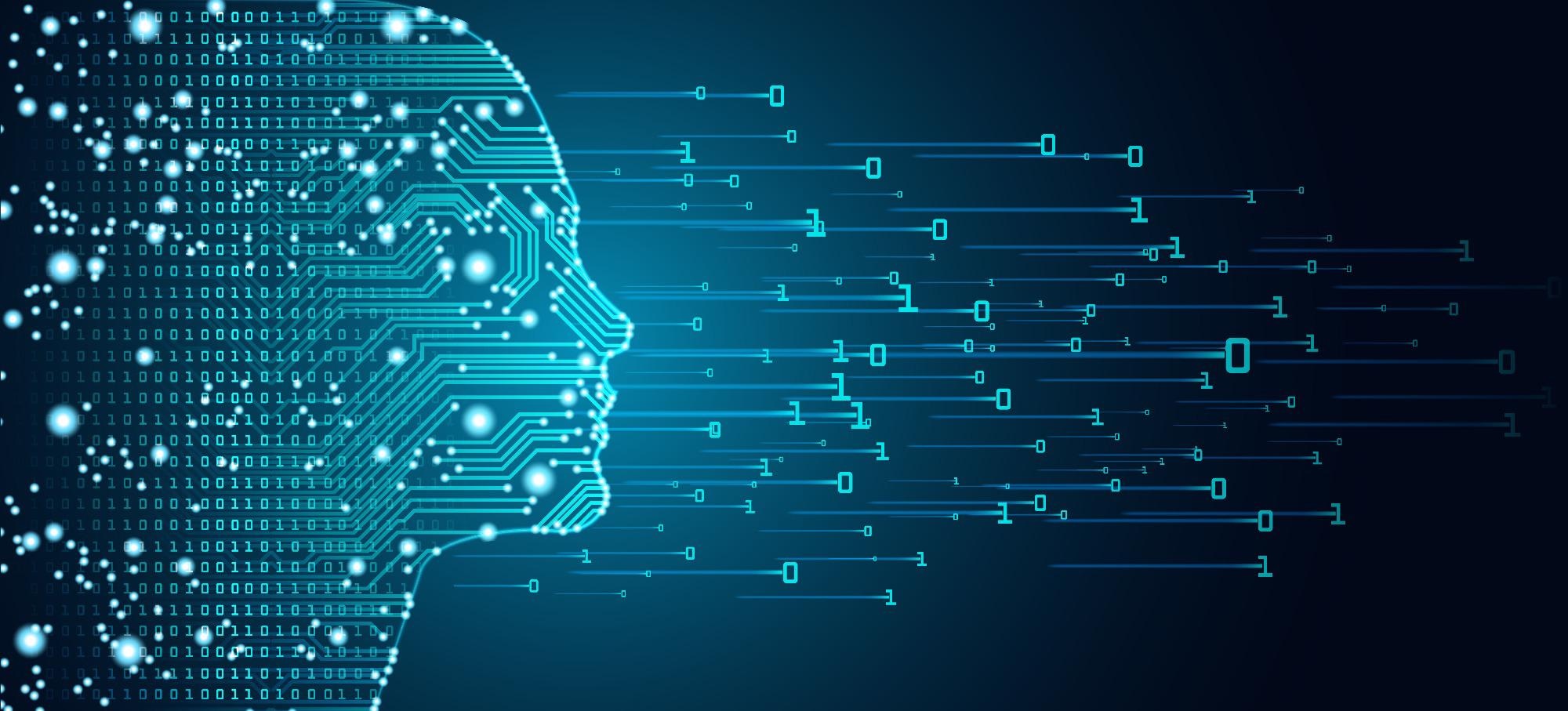 Interview conducted by Alex SmithMar 9 2022
Interview conducted by Alex SmithMar 9 2022In this interview, AZoRobotics talks to Brandon Hunt from Teledyne DALSA, about the rise of artificial intelligence in industry and how Teledyne's machine learning algorithms and their Astrocyte software helps with this.
How has the demand for artificial intelligence changed over recent years?
New technology advancements are making it easier for manufacturers to embrace AI as part of the inspection process. New enabling technologies like IoT, cloud and 5G infrastructure are enabling more data and connectivity than ever before. All this extra data is jet fuel for AI algorithms to perform well.
AI allows robust performance in uncontrolled environments; it tolerates a significant variation in ambient lighting, viewing angle, rain, dust, occlusion, and other environmental issues.
AI is being adopted across industries to harness the power of data and use it to make more informed decisions.
AI improves product quality by reliably detecting defects, and often detecting them earlier in the process chain. AI also improves speed by automating more steps in the process that are traditionally done visually.
Traditional machine vision techniques can be complemented with machine learning to classify parts and inspect final products even more quickly, efficiently and automatically, bringing the promise of AI to reality.
What are some of the most important ways that companies are employing AI today?

Image credit: Ryzhi/Shutterstock.com
AI tolerates a high variation in the shape of objects of interest, such as defects, vehicles, fruits, faces, etc. One example is food inspection where no two loaves of bread are exactly alike. Each loaf has the same ingredients, and each weighs the same amount, but the shape, color, and texture may be slightly different but still within the range of normality.
Another example may be the ripeness of an apple. Ripeness could mean color, softness or texture; however, there is a range of possibilities where an apple is considered ripe.
Traffic monitoring is another application where AI is used for vehicle detection and vehicle type classification, license plate detection and optical character recognition.
Other examples are inspecting surface finish quality, confirming the presence of multiple items in a kit, detecting foreign objects, and more, to ensure quality throughout the assembly process.
Can you explain what AI training methods Teledyne uses?
Teledyne DALSA’s Astrocyte™ software is a training tool based on Deep Learning algorithms that includes classification, anomaly detection, object detection, segmentation and noise reduction.
Anomaly detection is a new technique for classification where only good examples train a network.
In this case, the network recognizes what is considered normal and identifies anything outside that data set as abnormal. If you were to put the “good example” data set on a graph, it would look like a blob. Anything that falls within the blob is classified as normal, and anything that falls outside the blob is classified as abnormal — an anomaly.
Why is training so important for AI?
Training is the process of “teaching” a deep neural network to perform a desired task — such as image classification or converting speech into text — by feeding it data that it can learn from.
A DNN makes a prediction about what the data represents. Errors in the prediction are then fed back to the network to update the strength of the connections between the artificial neurons. The more data you feed the DNN, the more it learns, until the DNN is making predictions with a desired level of accuracy.
What role does image quality play in AI training?
All the images used in training must be labeled based on the judgment of someone in order to allow the AI method to understand which images pass or fail the criteria.
To ensure that the subject being inspected is judged correctly, it is valuable to include a large enough sample size where the people judging the sample images observe true variety in the data.
Manual inspection of questionable images can result in differences in human interpretation and judgment. This difference in judgment may be from something as simple as someone being tired or distracted during one of the tests.
This type of inconsistency is what will confuse an AI method. The more erroneous evaluations that are made while training the system, the more difficult it will be for the AI model to perform correctly. It may be easier for a person to deal with these types of situations, but for AI models, without consistent judgment, their foundation falls apart.
Therefore, it all comes down to training, and the foundation of that training is a well-labeled set of diverse images.
Can you explain how Teledyne ensures image quality?
A crucial factor in properly training an AI method is the quality of images that are used in the process.
Instead of focusing on resolution, even though clarity in images is useful, quality in AI image sets is strongly proportional to variation.
For example, in a traffic application, an AI model needs to be trained to understand various vehicles.
To do this, a data set of images must be provided to visualize what the AI model should be looking to identify. By including a variety of vehicle types in these images, the AI model can be better trained for the types of vehicles that will likely show up in a real-world scenario. This is done by flagging each image to provide context for each vehicle.
Once enough images are gathered to show a significant variation in the data, the training can start. This produces an AI method that can recognize variations in images by itself.
What are some of the causes of system failure and how does Teledyne mitigate these?
The types of images captured by a vision system will change over time and the data set used to train an AI method should reflect all the possibilities.
The basic functionality of the system is usually quite easy to set up and, in most cases, after setting up a system, the majority of images processed will match the data provided.
The challenge comes with predicting corner cases. This is when the system is most likely to fail. For example, if a system is trained for a traffic application, but the training data does not include images of traffic in the rain, then the system has the potential to work great on a nice day, or perhaps even on a cloudy day, but may fail on rainy days.
An AI vision system does not fail in this corner case because the AI algorithm is faulty. These systems fail when they are not trained properly.
The key to a successful system is having images that represent the real-world that the cameras will capture. Having a diverse set of images that represent the various vehicle shapes, colors, the number of doors and a lot of other possibilities helps improve the effectiveness of the training.
Sometimes it is not practical to capture all possibilities within a training data set. Teledyne DALSA’s Sapera Vision software offers continual learning, which allows the deployed AI model to learn without retraining. This allows the AI model to adapt to new cases in the field that may not have been seen before. It is a new feature that will help prevent system failures.
What are some of the most important factors in creating an AI model with consistent judgment?
Consistency of judgment is the final measure of how well a system has been trained. The difficulty comes from the human judgment that is required to identify each image to use in training. All the images used in training must be labeled based on the judgment of someone in order to allow the AI method to understand which images pass or fail the criteria.
Take, for example, traffic toll monitoring. The images from the camera need to be analyzed and identified as to whether they are good enough to pass quality control. However, it is important to consider outliers and how they may affect the results of the inspection.
For an AI model, if the training is based on a narrow set of images, then it may not judge correctly when something outside of that set of images appears.
To ensure that the subject being inspected is judged correctly, it is valuable to include a large enough sample size where the people judging the sample images observe true variety in the data.
By seeing a greater variety of possible images that could pass by the toll system, the system will be able to more accurately identify if the objects in the images are vehicles with a license plate. If an AI system is training and it only sees sedans and SUVs driving by the toll, it may not know what to do or where to look for the license plate if a truck drives by.
How does Teledyne help clients pick the bests systems for their needs?
We start by determining if results can be achieved using an image processing solution or if deep learning is more suitable due to variables such as lighting, noise, shape, color and texture.
If the application looks difficult to solve with traditional image processing methods, then we look at evaluating the feasibility of an AI method.
This involves first ensuring that the images are something that humans can identify. For example- human inspectors would have to be able to differentiate the defect or classify the object.
If the image is not classifiable by a human, then we look at trying to change other parameters in the system first (lighting, exposure time, type of camera and other traditional machine vision parameters). The goal is to reach a level where humans can easily identify/classify the images first, then look at using an AI method.
AI systems improve product quality by reliably detecting defects, and often detecting them earlier in the process chain. AI systems also improve speed by automating more steps in the process that are traditionally done visually.
Machine vision has been a part of manufacturing and quality inspection for decades, becoming increasingly common in the 1990s. Now, traditional machine vision techniques can be complemented with machine learning to classify parts and inspect final products even more quickly, efficiently and automatically.
Do you think that AI will ever be able to achieve the kind of flexibility in judgment available from human operators?
I think this is quite feasible, given that the application is specific. AI models are quite good at handling one task if they are given the right data to train. The lowest prediction error that an AI model can achieve (known as Bayes optimal error), is not too far off from the human-level error.
With the right data and training, a model can even surpass human performance, but the progress and accuracy slow down greatly once human-level accuracy is achieved.
However, if the goal is to have one AI method that is able to classify to completely different application areas (maybe to replace an operator cross-trained in different groups), I do not believe this is a good fit.
With AI methods, it is better to train each model for a specific task rather than try to train one model that does it all.
About Brandon Hunt
Brandon Hunt’s career started at Teledyne with a focus on new product introduction and test engineering. Since then, Brandon has developed years of experience working with cross-functional teams to deliver industry-leading imaging products. He is currently the Product Manager for Astrocyte, a powerful deep learning software tool. Brandon holds an engineering degree from the University of Waterloo in Canada.


This information has been sourced, reviewed and adapted from materials provided by Teledyne DALSA.
For more information on this source, please visit Teledyne DALSA.
Disclaimer: The views expressed here are those of the interviewee and do not necessarily represent the views of AZoM.com Limited (T/A) AZoNetwork, the owner and operator of this website. This disclaimer forms part of the Terms and Conditions of use of this website.